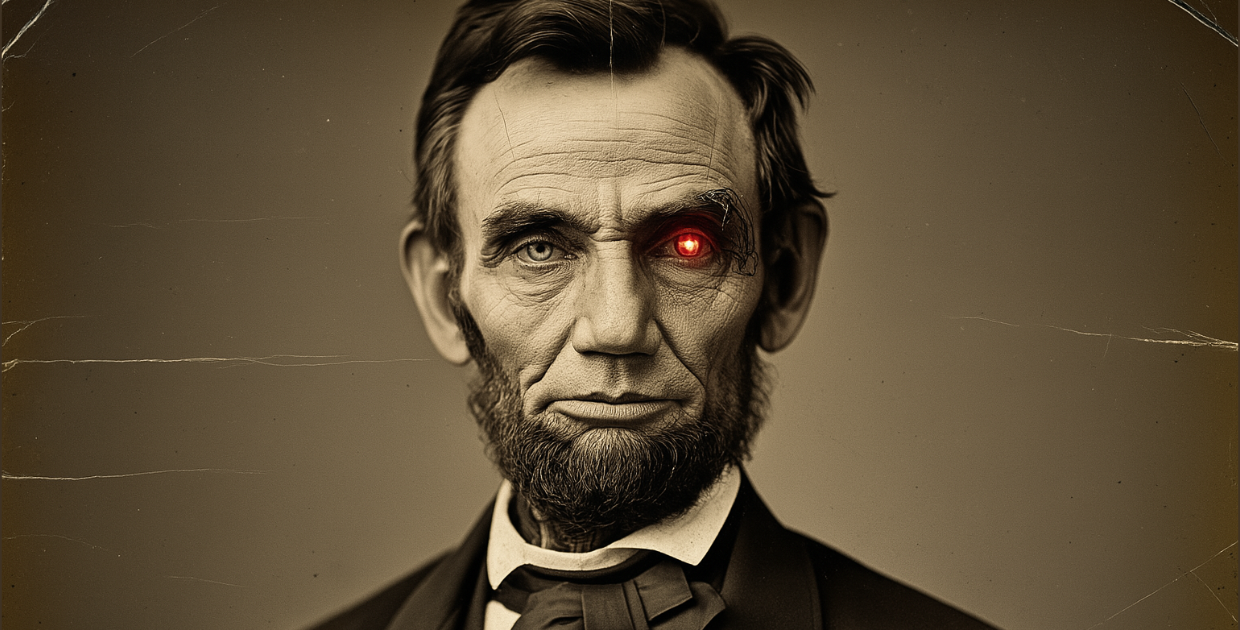This episode is all about how campaigns can create media for their ad campaigns on a low budget. Despite an increase in political spending – especially when it comes to media – the need for campaigns to create content is growing every day. So campaigns of all sizes need to think about how they balance output and costs. Our focus today is going to be on video creative since it’s the most in demand and the most costly.
To help us understand, we’re joined by Danny Laub, a partner at Poolhouse, who serves as a key political advisor and media consultant for Republican campaigns across the country.
- "Common Cents" – Glenn Youngkin for Governor
- Meet Glenn Youngkin's Ad Man - Will Ritter (POOLHOUSE)
Key Takeaways:
1. Surrogates Can Expand a Campaign’s Reach
Danny Laub explains how third-party validators—like local officials or interest groups—can help campaigns deliver their message more broadly and credibly.
2. Rapid Response Infrastructure is Essential
He emphasizes that modern campaigns need systems and people in place to monitor news and social trends in real time. Delayed responses are lost opportunities.
3. Narrative Discipline Drives Results
Laub warns that inconsistency in messaging weakens impact. Everyone speaking for the campaign should align to a central narrative and talking points.
4. Negative Messaging Requires a Strategy, Not Just Emotion
He notes that contrast ads must be purposeful, factual, and defensible. Sloppy attacks can backfire or drain resources if they shift focus away from the campaign’s core message.
5. Field and Digital Should Be Integrated
Laub advocates for syncing digital targeting with field operations. A voter who sees a campaign’s message online should encounter the same theme at the door or on the phone.
Watch on Youtube:
https://www.youtube.com/channel/UCdzsHPQ_uNfN8r5PILc3NhQ





